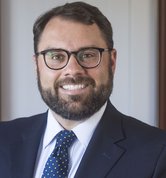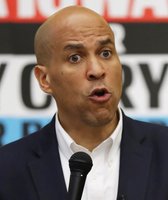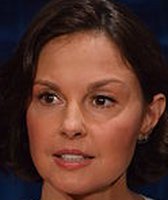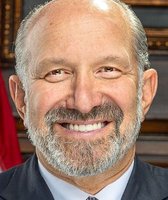Stand up for the facts!
Our only agenda is to publish the truth so you can be an informed participant in democracy.
We need your help.
I would like to contribute
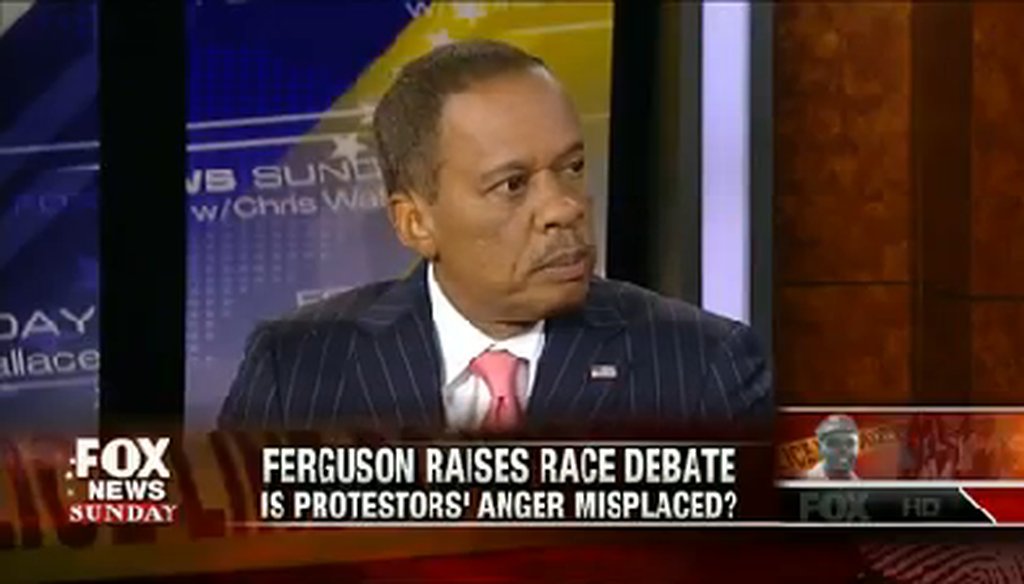
Juan Williams on "Fox News Sunday" on Aug. 24, 2014.
Republicans say President Barack Obama’s decision to pull U.S. armed forces out of Iraq created an incubator that allowed the Islamic State to thrive.
But according to ABC’s Martha Raddatz, Obama himself wanted to keep troops stationed in the Middle Eastern powder keg.
The Obama administration originally "wanted 10,000 troops to remain in Iraq," Raddatz said Sunday on ABC’s This Week. "Not combat troops, but military advisers (and) special operations forces, to watch the counterterrorism effort."
The idea that Obama wanted troops to remain in Iraq flies in the face of his very memorable campaign pledge to end the war in Iraq.
But Raddatz’s statement rates Mostly True.
Sign up for PolitiFact texts
How? Because Obama initially tried to keep thousands of troops in Iraq to ease the transition and discourage militant attacks.
In the summer and early fall of 2011, ahead of a Jan. 1, 2012, deadline for removing U.S. forces from Iraq, Obama administration officials worked on plans to keep some troops behind, as detailed in a 2012 New York Times report.
Defense Department officials initially suggested a sizable residual force, with estimates ranging from 16,000 to 24,000 troops. But Obama found 10,000 troops more acceptable, according to reports.
But even that proposal would be cut nearly in half during negotiations with Iraqi leaders. Obama ruled out the 10,000-troop option in an August 2011 conference call, leaning instead on a plan that called for 3,500-5,000 troops.
That never happened. U.S. and Iraqi leaders were unable to reach any agreement because the Iraqis were unwilling to provide American personnel immunity in Iraqi courts.
On Oct. 21, 2011, Obama announced the pullout of the vast majority of American troops in Iraq by that Christmas.
Aside from Iraq, pundits on Sunday focused on the situation in Ferguson, Mo., where 18-year-old African-American Michael Brown was shot and killed by a white police officer.
Fox pundit Juan Williams expounded upon a column he wrote for the Wall Street Journal in which he described "thuggish behavior" as creating a culture of violence in African-American communities.
"The violent behavior of young black men and the police response have become a window on racial fears," Williams wrote. On Fox News Sunday Williams said, "On the black side of this equation, I think there’s fear of intimidation, harassment being legitimized by the fact that there is a high rate of crime, especially among young black men.
"No. 1 cause of death, young black men 15 to 34 — murder," Williams said. "Who’s committing the murder? Not police. Other black men."
We decided to check Williams’ claim that the leading cause of death for African-American males 15-34 is murder.
That’s True.
According to the Centers for Disease Control and Prevention, homicide was indeed the No. 1 killer of black men between the ages of 15 and 34 in 2011, the most recent year with statistics available. Accidents were the second leading cause of death.
Compared to other ethnicities, the numbers really stand out. Forty percent of African-American males 15-34 who died were murdered, according to the CDC, compared to just 3.8 percent of white males who died. Overall, 14 percent of all men 15-34 who died in 2011 were murdered.
Sources: CDC, PunditFact calculations
As the laws of aging go, younger men are less prone to fall victim to natural causes of death, so they are more likely to die of unnatural causes. And the racial disparity between those causes has partially to do with the likelihood of getting into car-related accidents, said James Fox, a professor of criminology at Northeastern University.
"Suburban whites drive more than urban blacks, and putting in more miles on highways — that’s important because not a lot of people are going to get killed in fender benders in neighborhood streets," Fox said. "There are relatively few auto-accidents in black urban areas."
Beyond driving habits, the criminal homicide rate among young black males is significantly higher than other groups. This, experts agreed, has to do with poverty and geography.
The difference in social structures, access to jobs, educational opportunities, and many other factors between impoverished black neighborhoods and others is often a matter of life and death, according to Eli Silverman, professor emeritus at John Jay College of Criminal Justice.
"The (homicide) numbers highlight the condition in minority areas, where a lot of violence occurs and the whole way of life is further intensified because police surveillance is always trying to track down people," he said. "People have heightened survival instincts, will do anything to survive, and they’ll seek retribution for anything … because they don’t trust law enforcement."
Our Sources
See individual fact-checks.


